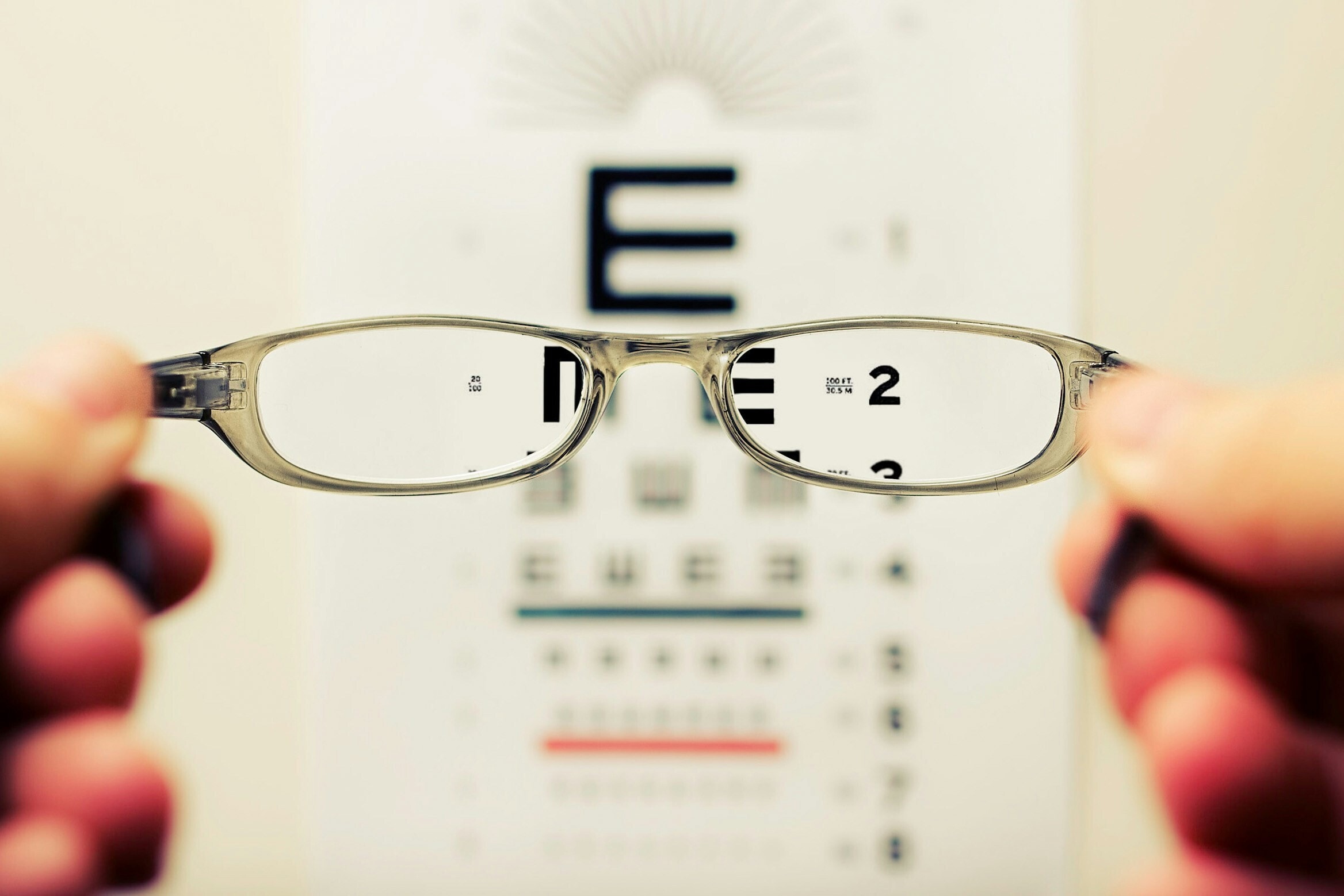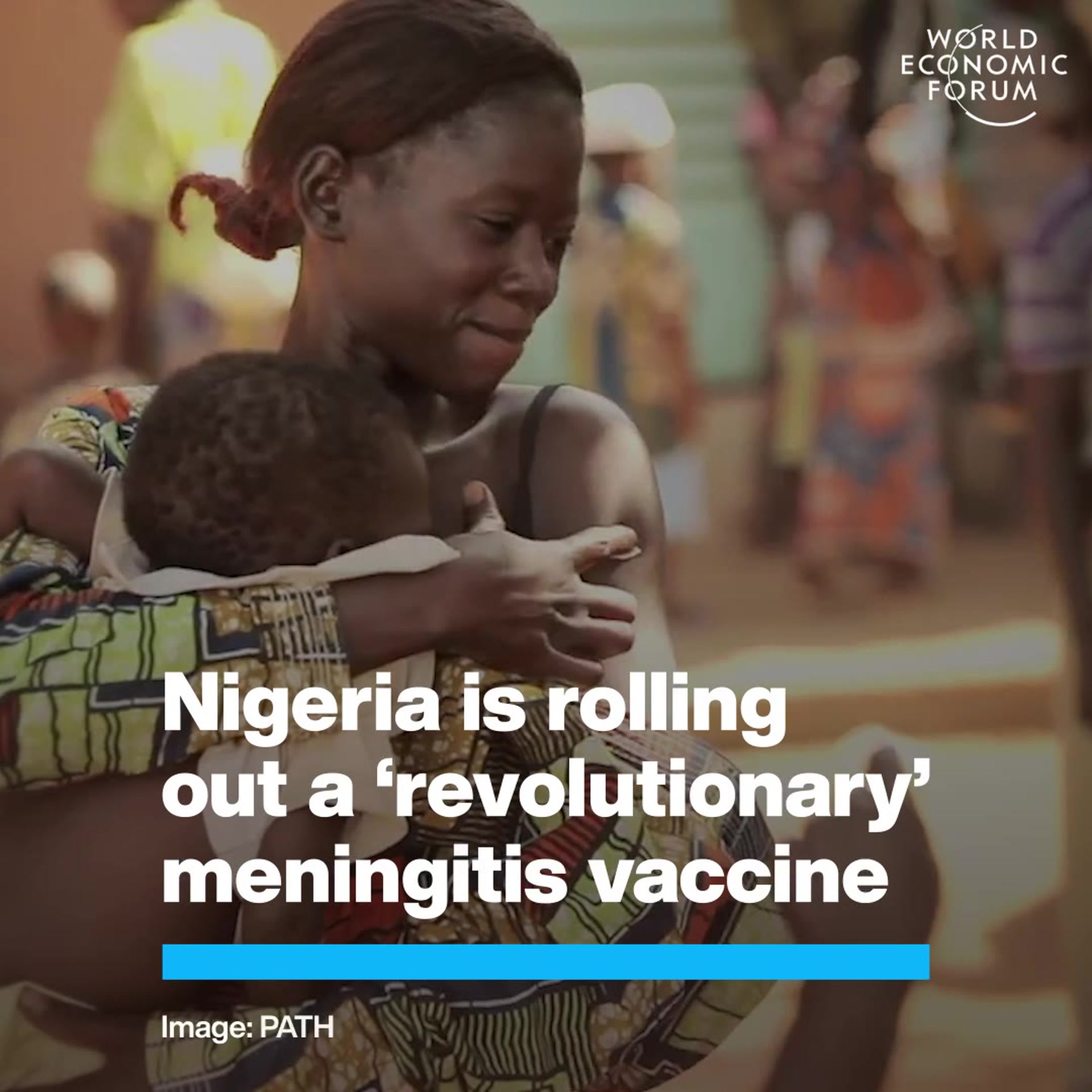Youth, tech and community: 4 lessons from the COVID-19 response in Siaya, Kenya

Girls in Siaya, Kenya, being trained to help spread the word about masks and hand-washing Image: Surgical Systems Research Group

Get involved with our crowdsourced digital platform to deliver impact at scale
Stay up to date:
Healthcare Delivery
- Efforts to incorporate young people, technology and community volunteers in the COVID-19 response have paid off in Siaya County, Kenya.
- Here are four takeaways from the project so far.
Since our initial proposal to include young people and community health workers in Africa's COVID-19 response, which was published in May, we have made significant strides. Here are four lessons we have learned in that time:
1. Engaging with youth and community health volunteers is feasible. Doing so allowed us to access and sensitize households, which has rapidly led to a flat COVID-19 curve with maximum prevention and containment in Siaya, Kenya:

In June this year, shortly after the WHO declared COVID-19 a pandemic, we rapidly completed a baseline assessment to assess health behaviours, including hand-washing, distancing and mask-wearing using community health workers, young people and digital tools. Using this approach, we trained more than 1,000 community health workers, and engaged with more than 100 young people who were keen to join in the COVID-19 response. More importantly, community health workers working with youth and digital tools quickly reached more than 20,000 households – raising their awareness about the importance of preventive measures including hand-washing, mask-wearing and distancing. Concurrently, we evaluated the health system to examine preparedness in terms of training in COVID-19 management and basic critical care. We also assessed the local inventory of basic equipment and supplies.
Following the baseline assessment, we included the expressed needs of community members and hospital-based healthcare workers in our final intervention. Not only did we train both community health workers and clinicians in COVID-19 prevention, as well as in rigorous infection prevention and control measures, we also ensured maintenance of essential health services. In partnership with the Ministry of Health, community-based health workers and clinicians, we ensured that children were still being immunized, and mothers were still delivering in healthcare facilities. We addressed the need for personal protective equipment (PPE) for healthcare workers, the need for mental wellbeing and psychological support, and the need for leadership training. Our approach was therefore integrated, comprehensive and responsive to the needs of community members, clinicians and the Ministry of Health. Our ultimate goal was to limit the morbidity and mortality due to COVID-19.
To date, after reaching 82,401 households and training 27 health facilities in Siaya, we have observed an essentially flat curve since the start of the pandemic. As of 10 October, we have had a total of 108 cases and 5 deaths in a population of 993,183 people. On the same date, 40,620 COVID-19 cases and 755 deaths from the disease were reported across Kenya as a whole.
As seen in many parts of Sub-Saharan Africa, a robust initial response has led to fewer COVID-19 cases and deaths than were projected; however, as economies fully reopen and travel restrictions are lifted, increased vigilance is necessary to maintain high rates of preventive measures – namely mask-wearing, hand-washing and physical distancing.
2. The use of digital technology has enabled rapid access to accurate and reliable data, which is critical for informed decision-making on the part of policy-makers.
Thanks to our use of digital tools, we had immediate access to data from household visits, and from clinicians in facilities with oxygen capacity, rather than having to go through the usual cycle of slow and tedious data entry, followed by analysis. Technology, as well as basic equipment such as pulse oximeters, allowed us to strengthen the diagnostic and monitoring capacity of community-based and facility-based healthcare workers. We ensured community-based healthcare workers knew of the facilities with oxygen capacity, so they could refer community members to the right facility at the right time. We regularly informed the Ministry of Health of key findings to help with timely decision-making.
3. Our partnership with the Ministry of Health was important for rapid implementation of the solution, and for building results into policy decisions. Furthermore, this partnership led to the inclusion of our activities in the ministry's workplan, which ensured sustainability of the intervention beyond the immediate COVID-19 response.
4. A comprehensive and responsive approach was critical to achieving buy-in for our solution by multiple key stakeholders. We did not address COVID-19 alone. We made sure essential health services were maintained during the crisis (particularly maternal and child health services), and – through a mentorship programme – we addressed the teenage pregnancy crisis that worsened as a result of the broad lockdown measures taken in March 2020. Teenage pregnancy rates have risen to 33% since March 2020, from a baseline of 17%. At present, as we re-intervene to address a cluster of COVID-19 cases in Siaya, we are including adolescent girls in our efforts to emphasize preventive measures in communities – to build their skills in health interventions and to prevent community transmission of COVID-19.
What is the World Economic Forum doing about the coronavirus outbreak?
In conclusion, including youth and technology in the community-based approach with concurrent capacity-building of health facilities, could lead to increased strengthening, resilience and preparedness of the health system as a whole. This approach sheds light on a potential pathway for accelerating progress towards both universal health coverage and Sustainable Development Goal 3 by 2030.
Don't miss any update on this topic
Create a free account and access your personalized content collection with our latest publications and analyses.
License and Republishing
World Economic Forum articles may be republished in accordance with the Creative Commons Attribution-NonCommercial-NoDerivatives 4.0 International Public License, and in accordance with our Terms of Use.
The views expressed in this article are those of the author alone and not the World Economic Forum.
The Agenda Weekly
A weekly update of the most important issues driving the global agenda
You can unsubscribe at any time using the link in our emails. For more details, review our privacy policy.
More on Health and Healthcare SystemsSee all
Charlotte Edmond
May 14, 2024
Shyam Bishen
May 13, 2024
Anna Cecilia Frellsen
May 9, 2024
Angeli Mehta
May 8, 2024
Emma Charlton
May 8, 2024






